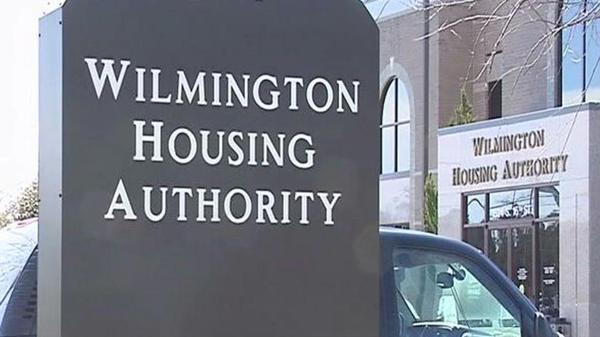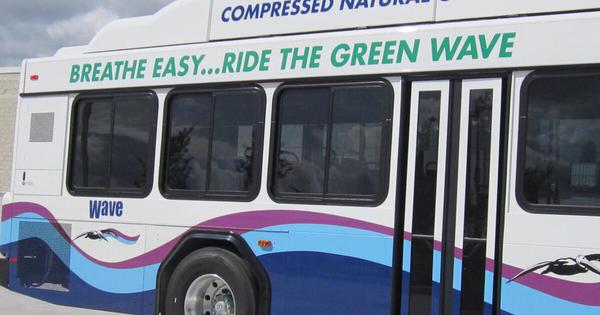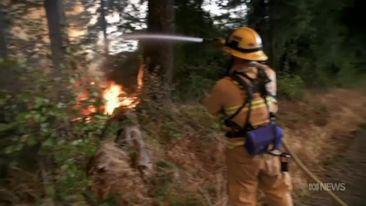The Newsroom: Conversations about Pride, identity, and finding the gay bars
Last month, WHQR hosted its second-ever Cape Fear Conversation —this time, at Waterline Brewing. We invited members of the LGBTQ Community to talk about issues impacting us in North Carolina and the Wilmington Area. We laughed, we cried, and we had a wonderful time. So now, just in time for Pride Month, panel moderator and news reporter Kelly Kenoyer brings you the highlights.
• TR Nunley, Program Director, Wilmington Transgender Community and Admin for the Wilmington Pride Facebook page.
• Qail















